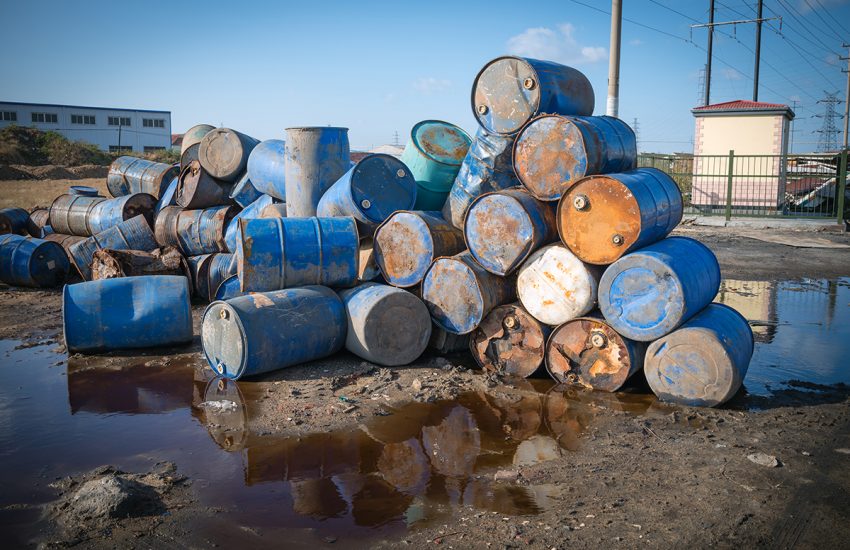Recently, the U.S. Environmental Protection Agency (EPA) finalized its Clean Air Act (CAA) cost-benefit rule, which it proposed in June 2018 and held a public hearing on in July 2020. A procedural rule, it is meant to “improve the rulemaking process under the Clean Air Act by establishing requirements to ensure consistent, high-quality analyses of benefits and costs are provided to the public for significant rules,” according to the EPA’s press release. The final rule codifies “best practices” for benefit-cost analyses (BCA) in CAA rulemaking. …
Continue Reading






